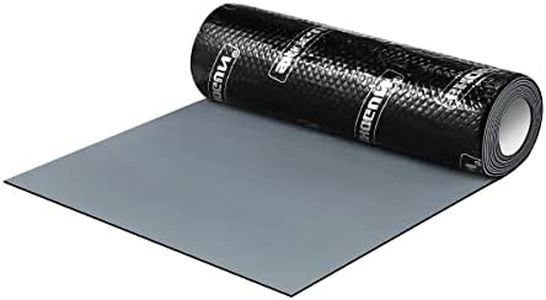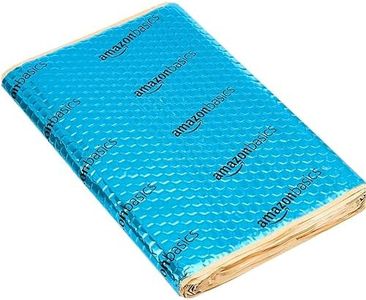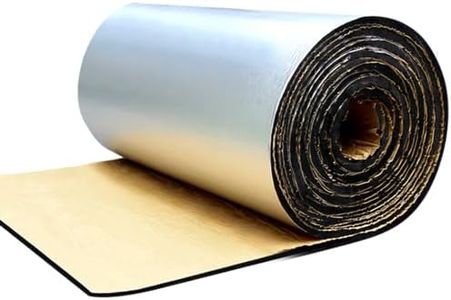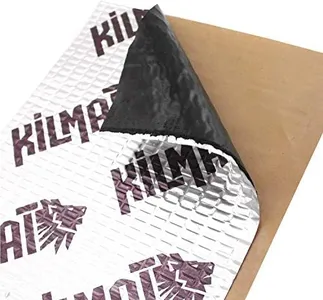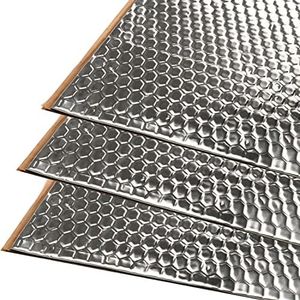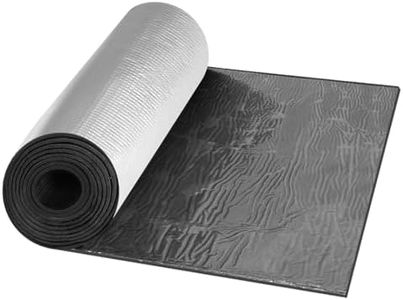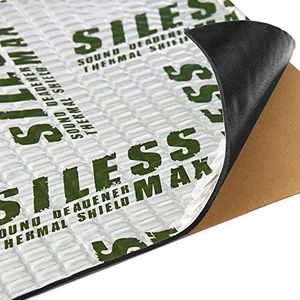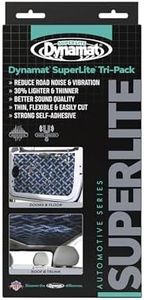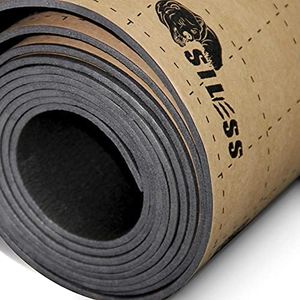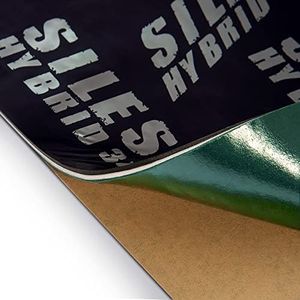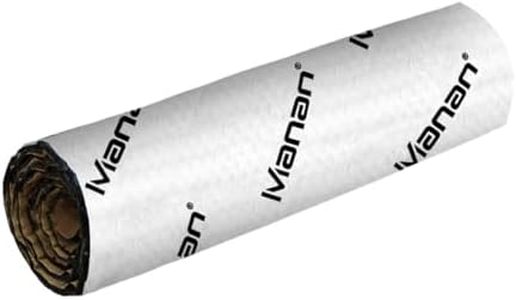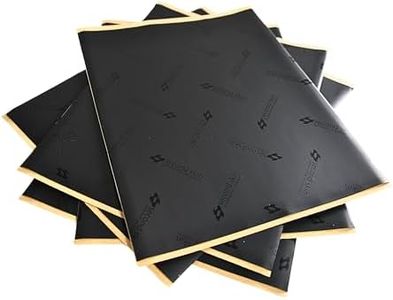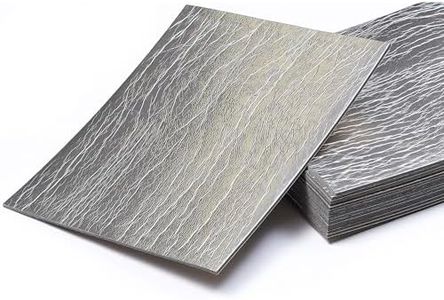We Use CookiesWe use cookies to enhance the security, performance,
functionality and for analytical and promotional activities. By continuing to browse this site you
are agreeing to our privacy policy
10 Best Sound Deadening Mats
From leading brands and best sellers available on the web.Buying Guide for the Best Sound Deadening Mats
Choosing the right sound-deadening mats can greatly improve the noise levels inside your car, home studio, or other spaces by minimizing unwanted sounds and vibrations. The right mat will depend on where you plan to install it, the type of noise you want to reduce, and the effort you’re willing to put into installation. Understanding the key features will help you select a product that fits your needs and achieves the quiet environment you’re after.Material TypeSound-deadening mats are made from materials such as butyl rubber, asphalt, foam, or a combination. This choice affects both effectiveness and installation. Butyl rubber is popular for its high noise-blocking properties and resistance to heat, while asphalt options are usually cheaper but can have an odor and may not perform well in high temperatures. Foam mats work better for absorbing sound rather than blocking it. Choose butyl for car floors and doors or heat-prone areas, foam if you're focused mainly on echo reduction, or combine types for layered results.
ThicknessThe thickness of a mat determines how well it can block and absorb sound. Thicker mats typically provide better sound reduction but can also be heavier and harder to fit in tight spaces. Mats generally ranged from about 1/16-inch up to 1/2-inch thick. For automotive uses, 1/8-inch to 1/4-inch is usually a good balance between effectiveness and ease of installation, while stationary uses (like a home studio) might benefit from thicker mats if space isn’t a concern. Consider where you’ll install the mat and whether you might face any space or fitment issues.
Adhesive BackingMost sound-deadening mats come with an adhesive backing to make installation easier, but the strength and quality of this adhesive can vary. A strong, temperature-resistant adhesive is important especially for cars, where heat and movement are common. If you’re installing in a space that sees heat or vibration (like a car door or firewall), choose a mat with industrial-strength adhesive to prevent peeling and keep the mat in place over time.
Heat ResistanceSound-deadening mats are sometimes exposed to high temperatures, especially in cars near the engine, firewall, or floor. Heat resistance means the mat won’t melt, deform, or off-gas unpleasant smells. Some mats specify a temperature range they can withstand. For installation areas prone to heat, choose products labeled for high temperature tolerance to ensure longevity and safety.
Ease of InstallationSound-deadening mat installation can involve cutting, fitting, and rolling the mat onto surfaces. Some mats are more flexible and easier to work with, while others may require special tools to install properly. If you prefer a DIY approach, look for mats described as easy to cut and shape, or that come with a roller tool. If you're covering large, flat areas, flexibility may be less of a concern, but for intricate door panels or curved surfaces, flexibility and workability make the project much easier.
Coverage AreaMats are sold in sheets, rolls, or packs, and each product will tell you the total area it covers (in square feet or meters). Knowing how much area you need to cover is very important so you can purchase enough material in one go. For cars, measure the specific sections you plan to treat. For home or studio use, estimate the wall, ceiling, or floor space. It’s a good rule to buy a little extra rather than find yourself short mid-installation.
